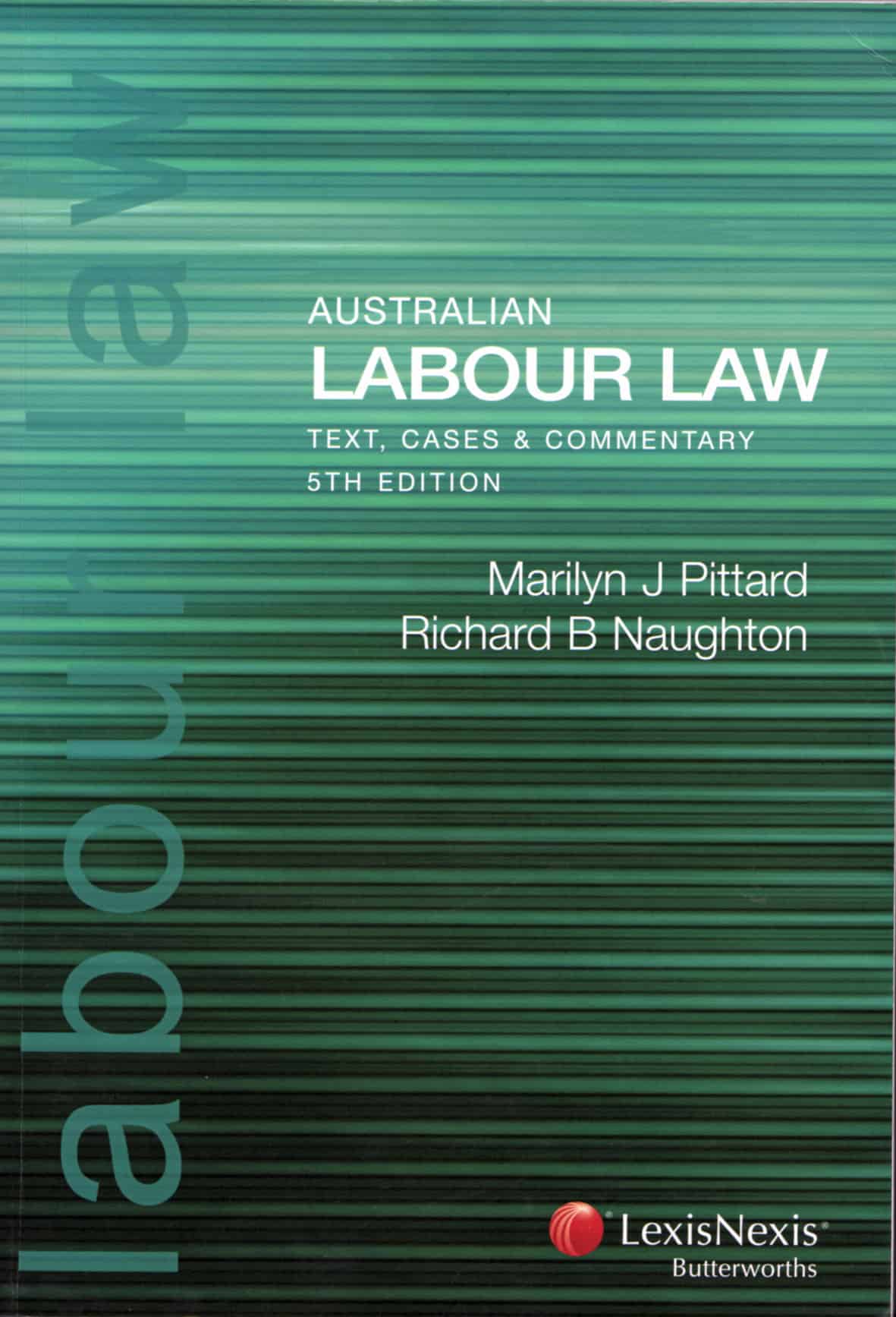Workplace suicides are in the news at the moment due to Foxconn and, to a lesser extent, France Telecome. There is enough media attention for companies to start to evaluate their own risk exposures.
 Through LinkedIn, Tom Boudreau of R&R Insurance Services, issued the following advice under the title “Do Employers Have a Duty to Prevent Workplace Suicides?”:
Through LinkedIn, Tom Boudreau of R&R Insurance Services, issued the following advice under the title “Do Employers Have a Duty to Prevent Workplace Suicides?”:
“A tech company in China has recently been plagued with a rash of worker suicides (and attempted suicides). Nine workers (all of them young) died and two others suffered serious injuries. These workers have not only killed or tried to kill themselves, they’ve done so in the workplace itself. …..
Some labor groups have blamed the company for the suicides, claiming it runs military-style factories and abuses workers. Regardless of the cause, these tragic deaths do raise an interesting question: what duty do employers have—if any—to prevent workplace suicides? Continue reading “Suicide advice shows reactive thinking”



